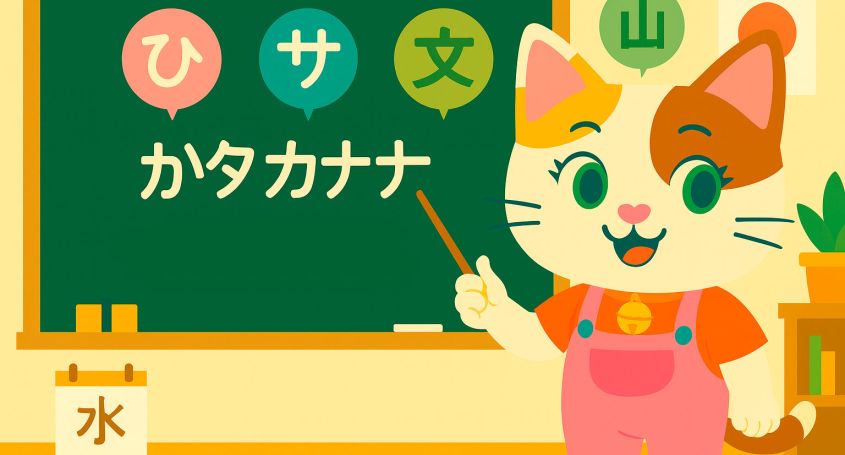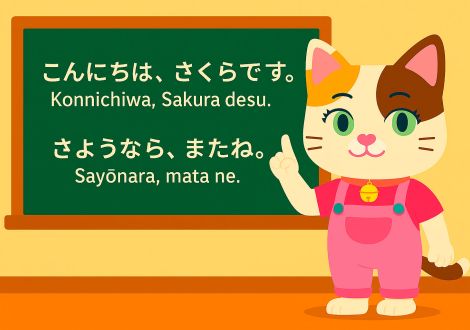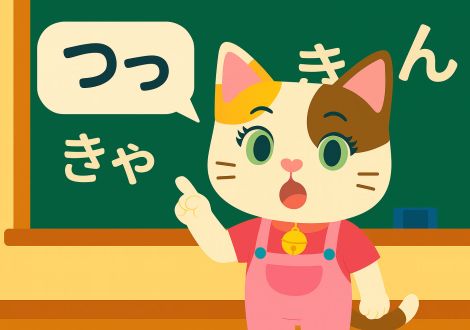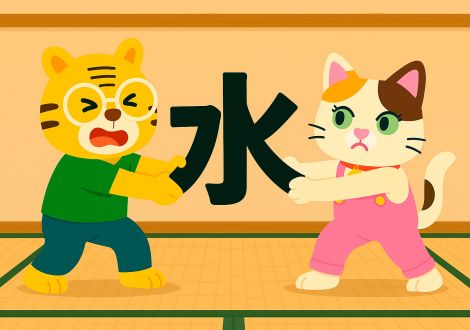The Japanese writing system is based on a combination of Chinese characters (kanji) and two syllabaries: hiragana and katakana. Hiragana is used to transcribe native Japanese words and names, while katakana is used for foreign words and names. For example, words of foreign origin are written in katakana, such as:
| Examples | ||
|---|---|---|
| kana | rōmaji | meaning |
| コーヒー | kōhī | coffee |
| サッカー | sakkā | soccer |
| ジャズ | jazu | jazz |
There is also a system for transcribing Japanese into the Latin alphabet called rōmaji (romanized letters), which allows the Japanese sounds to be represented in a way that's accessible for foreigners.
Origin of Kanji
Before the 4th century, Japanese did not have an indigenous writing system. From that century onwards, Chinese characters and the Chinese writing system were introduced to Japan. Kanji arrived mainly through Buddhist texts written in Chinese, and their writing was adapted to transcribe them.
The word “kanji” literally means “characters from the Han dynasty of China” (206 BCE – 220 CE). Today, there is an official list of 2136 characters known as "Jōyō kanji" (common-use characters). Of these, Japanese students learn:
• 1006 kanji in elementary school (ages 6 to 12)
• 1130 kanji in junior high school (ages 13 to 15)
This learning is mandatory in the school curriculum.
On'yomi and Kun'yomi Readings of Kanji
A single kanji can have multiple readings, which fall into two categories:
• On'yomi (Chinese reading): derived from the original Chinese pronunciation.
• Kun'yomi (Japanese reading): corresponds to a native Japanese word associated with that kanji, retaining its meaning.
For example, the kanji 山 (mountain) is read as:
| Examples | |
|---|---|
| kanji | pronunciation |
| 富士山 | "san" in on'yomi: Fujisan |
| 山 | "yama" in kun'yomi: yama |
Origin of Hiragana and Katakana
In the 9th century, the Japanese developed a system called Man'yōgana, which involved using kanji solely for their sounds, regardless of meaning. This system was the first step in creating the hiragana and katakana syllabaries.
• Hiragana originated from cursive, stylized forms of kanji.
• Katakana came from simplified fragments of those same kanji.
Both syllabaries represent the same set of sounds, and are organized in a chart called "gojū-on" (五十音, the "50 sounds"). This chart is structured vertically by vowels and horizontally by consonants. Although it’s known as the “50 sounds” chart, it actually contains 46 characters in both hiragana and katakana.





